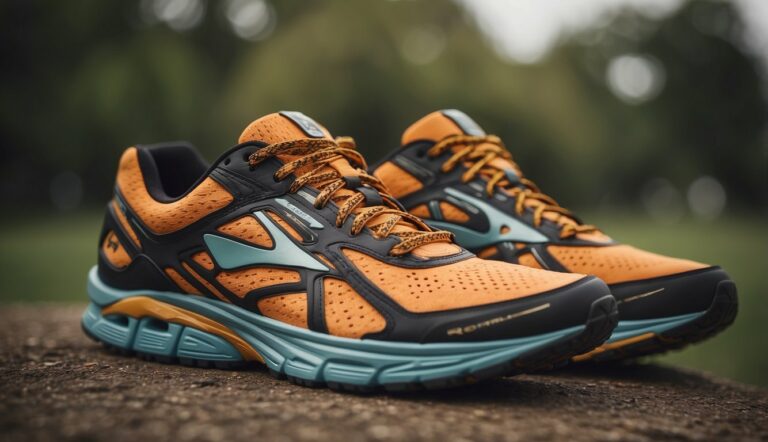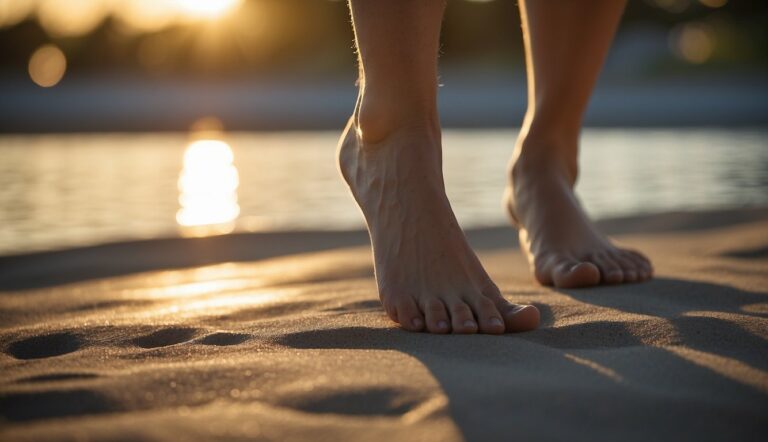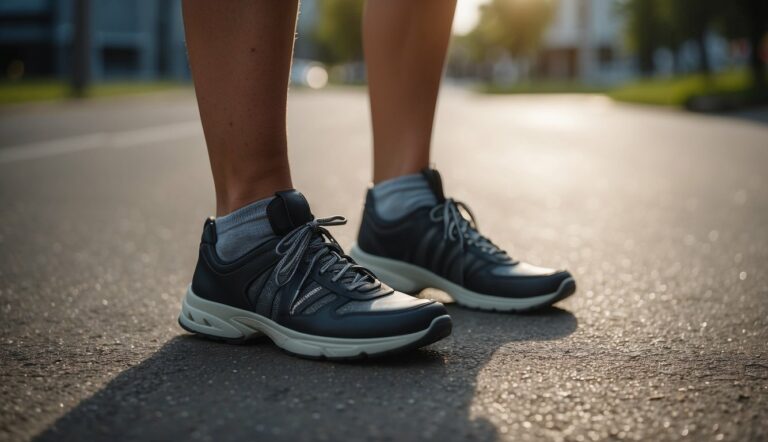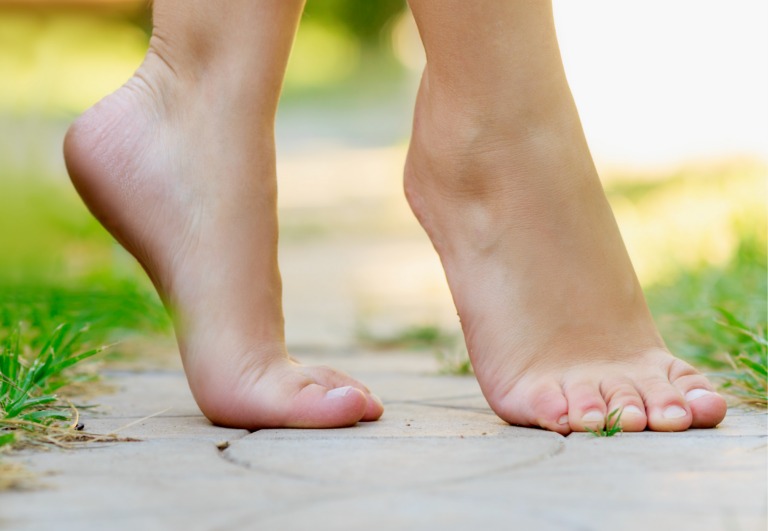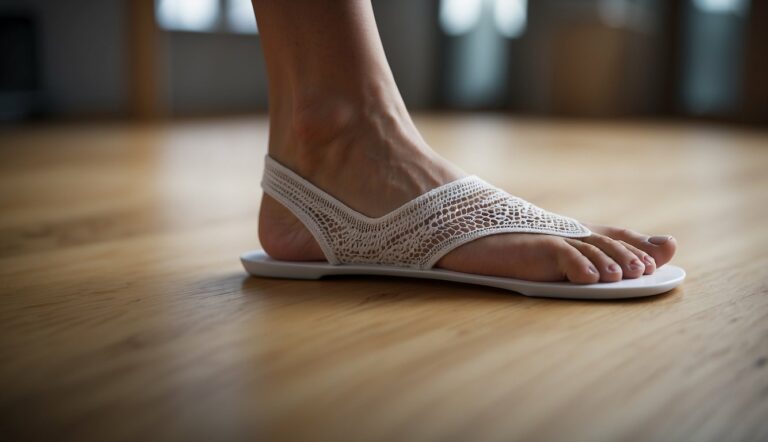How Toe Spacers Can Improve Gait: Exploring the Potential Benefits
As someone who has seen the benefits of toe spacers firsthand, I find that incorporating them into a daily routine can offer a surprising boost to one’s gait and overall foot health. These simple devices are designed to spread the toes apart, promoting a natural toe alignment which is often compromised by tight footwear or standing for prolonged periods. In doing so, toe spacers can help reduce common foot issues such as blisters, corns, and calluses—which can all affect walking patterns negatively.
My experience with toe spacers has shown they can be particularly beneficial for athletes who put constant pressure on their feet. By maintaining proper toe spacing, these individuals can minimize the risk of foot-related injuries. When the toes are aligned as nature intended, there’s better distribution of weight across the foot, which can lead to improvements in balance and propulsion. This isn’t just an athletic advantage—it’s a daily comfort that can affect how we move through our lives.
For older adults, a stable gait is critical in preventing falls, and toe spacers can play a role in achieving that stability. Research suggests that improved toe alignment, and consequently better balance, can make falls less likely. Integrating toe spacers into a foot care regimen could, therefore, be a simple yet effective approach to enhancing one’s gait and overall mobility.

How Toe Spacers Could Improve Gait and Stride
Toe spacers are vital tools designed to promote proper toe alignment and support foot health by mitigating the adverse effects of modern footwear.
Toe spacers can improve gait and stride by addressing the alignment and function of the toes. When toes are properly separated and aligned, it can lead to a more natural and efficient walking pattern. This can have a positive impact on the entire kinetic chain, from the feet up through the legs and into the hips and back.
Here’s how toe spacers could improve gait and stride:
- Promote natural toe alignment: Toe spacers help to realign the toes to their natural position, which can contribute to a more balanced and effective stride.
- Increase foot stability: With better toe alignment, the foot can achieve greater stability during the stance phase of gait, leading to a more powerful push-off.
- Enhance proprioception: Separated toes can improve proprioceptive feedback from the feet, which is essential for coordinating smooth and efficient movements.)
- Improve balance: Properly splayed toes can lead to improved balance, which is a key component of a healthy gait cycle.
- Support muscle function: By allowing the toes to spread, toe spacers can encourage the use of the correct muscles during walking, which may improve overall gait mechanics.
Anatomy of the Foot and Common Deformities
My extensive experience with foot health highlights that the complex structure of the foot, comprising bones, muscles, and ligaments, is prone to deformities. These deformities include hallux valgus (bunions), hammertoe, and overlapping toes, all of which disrupt natural foot posture and gait. Proper toe alignment is critical, as misaligned toes can lead to conditions like corns, blisters, and calluses.
The Evolution of Footwear and Its Effects
Years of observing the footwear market have shown me that modern footwear, often with narrow toe boxes and high heels, contributes to toe deformities. Conventional shoes tend to squeeze the toes together, undermining the foot’s natural shape and function. In contrast, barefoot or minimalist shoes, which mimic natural foot mechanics, offer wider toe boxes and less constriction, promoting healthier foot mechanics.
Potential Ailments from Improper Foot Posture
From my perspective, improper foot posture, exacerbated by unsuitable footwear, can result in a ripple effect of ailments. These range from painful bunions and hammertoes to plantar fasciitis and flat feet. Incorporating toe spacers into a treatment plan can be a simple yet effective method to combat these issues, aiding in recovery and reinforcing correct foot posture and arch support.
The Biomechanical Benefits of Toe Spacers
Through my experience, I’ve found that toe spacers offer distinct biomechanical advantages that can improve an individual’s gait. By optimizing balance, posture, and recovery, they serve as a simple yet influential tool in enhancing athletic performance and daily walking comfort.
Enhancing Balance and Stability
- Balance Control: My usage of toe spacers has shown me that they can significantly enhance the body’s natural balance control. By separating the toes, they increase the base of support, which is essential for runners, CrossFit enthusiasts, and anyone engaging in dynamic activities. This leads to better balance and may reduce the likelihood of falls.
- Stability During Motion: They help maintain stability during movement, making them beneficial for activities that require intricate footwork or sudden changes in direction.
Promoting Proper Gait and Posture
- Correction of Overpronation: Toe spacers assist in realigning the toes to their natural position. This can help correct overpronation, a common issue where the foot rolls inward excessively during gait, which can disrupt proper walking and running mechanics.
- Optimized Gait Pattern: As an avid runner, I’ve noticed that consistent use of toe spacers promotes a more efficient gait pattern. By allowing the foot to spread naturally, they lay the groundwork for good posture, which is intrinsically linked to the way we walk and run.
Toe Spacers’ Role in Injury Prevention and Recovery
- Injury Prevention Mechanism: Frequent users of toe spacers, particularly athletes, have found them instrumental in avoiding foot injuries. They do this by relieving the pressure between toes and allowing each toe to bear its share of the load during movement.
- Recovery Aid: For those recovering from foot injuries, toe spacers offer a supportive role in the healing process. By enhancing circulation and reducing inflammation, they facilitate quicker recovery times and help restore regular foot function.
Materials and Design of Toe Spacers
When looking at toe spacers, two critical aspects to consider are the materials used and their design. These factors directly affect the comfort and functionality relative to individual foot needs.
Types of Toe Spacers: Gel, Silicon, Foam
Gel: Gel toe spacers mold to the contours of the toes, providing individualized comfort. They are usually soft and pliable, which makes them preferable for those seeking cushioning.
- Silicone: Silicone spacers offer a balance of firmness and flexibility. Silicone is durable, resists sweat and moisture, and can create consistent spacing between the toes.
- Foam: Foam spacers provide a lightweight option and can be suitable for sensitive skin due to their soft texture. However, they tend to be less durable than gel or silicone spacers.
Assessing the Comfort and Fit
Comfort is paramount when selecting toe spacers, as they must be worn for extended periods to be effective. Design elements to consider for comfort include:
- The spacer’s width and depth to ensure they do not apply excessive pressure.
- Contours that align with natural toe curvature.
Fit is also a critical consideration in toe spacer design. Proper fit depends on:
- Spacer size options that accommodate different foot sizes.
- Adjustability features or varying sizes in a pack to cater to individual needs and ensure a tailored fit.
Choosing the Right Toe Spacers for Your Needs
I understand that selecting the appropriate toe spacers is crucial for their effectiveness. Comfort, size, and material are essential factors to ensure they meet individual foot shapes and needs without causing additional issues.
Considerations for Athletes and Active Individuals
For athletes and those regularly engaged in physical activities like running, yoga, or CrossFit, toe spacers need to withstand rigorous movements. Durability is a must. Athletes should look for toe separators that offer a snug fit and are made of resilient materials like silicone that provide the right balance of flexibility and support. Consulting with a podiatrist can lead to a personalized treatment plan that complements their active lifestyle. It’s essential to ensure that the toe spacers will not only improve gait but also aid in recovery and prevent further foot ailments.
- Material: Silicone for flexibility and support
- Activity Level: High; tailored for continuous movement
- Ailment Compatibility: May help with specific athlete-related foot pain
Factors for Everyday Use and Foot Ailments
Individuals suffering from foot conditions, diabetes, or rheumatoid arthritis may require toe spacers as part of their daily routine. Comfort and proper fit are vital to avoid exacerbating pain. Toe separators should not restrict circulation but should provide gentle alignment. For those with specific ailments, it’s advised to discuss options with a doctor to ensure the toe spacers align with the treatment plan, as incorrect usage could potentially lead to more issues.
- Material: Look for comfortable materials like silicone
- Usage: Consistent, daily wear for ailment relief
- Doctor Consultation: Recommended for personalized treatment coordination
Fit and comfort should always be the guiding principles, as they ensure toe spacers serve their purpose without causing additional discomfort or complications.
Maintenance, Usage, and Additional Foot Care Practices

Maintaining toe spacers and integrating them into your daily foot care routine is crucial for improved gait, balance, and foot health. Regular use can enhance mobility and alleviate pain.
Integrating Toe Spacers into Daily Routines
I’ve found that using silicone toe spacers daily can significantly improve overall foot strength. Here’s how I recommend incorporating them:
- Morning Routine: Slip on toe spacers for 5-10 minutes while getting ready.
- Desk Activities: While seated, wear the spacers to gently realign toes.
- Evening Relaxation: Use them after a day of wearing shoes to restore natural toe spacing.
In terms of maintenance, it’s essential to keep the toe spacers clean to prevent any skin irritations. Wash them with mild soap and water and allow them to air dry completely.
Complementary Foot Care Strategies
Alongside toe spacers, here are additional strategies that support healthy feet:
- Stretching and Yoga: Simple toe stretches and yoga poses can enhance flexibility.
- Orthotics and Braces: Consider arch support inserts or braces for additional alignment.
- Footwear: Opt for shoes with wider toe boxes to allow space for toe movement.
- Socks: Wear non-constrictive socks that facilitate circulation.
Remember, routine pedicures and proper foot hygiene play a vital role in overall foot care. While spacers are beneficial, they are just one element of a comprehensive foot health strategy.

